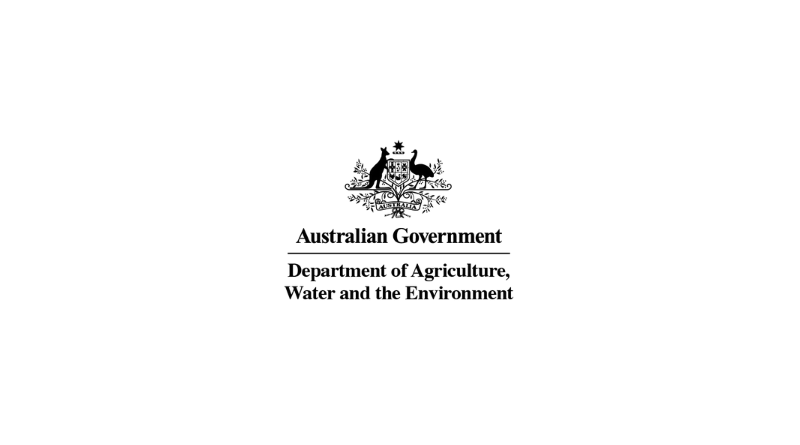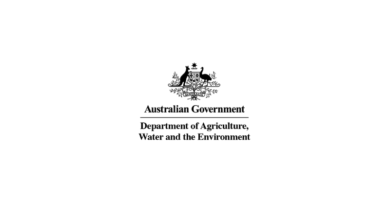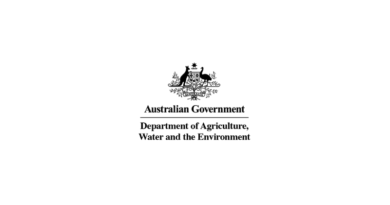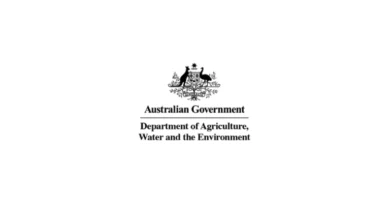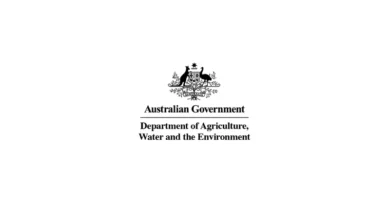Winter crop production to fall from consecutive record highs
06 June 2023, AU: Australian Winter crop production is forecast to fall from record highs due to below average rainfall for winter and spring.
ABARES Executive Director Dr Jared Greenville said the Australian Crop Report forecasts total Australian winter crop production to fall by 34% to 44.9 million tonnes in 2023–24 following three consecutive record production years.
“The start of the winter cropping season in 2023–24 has been mixed,” Dr Greenville said.
“Early autumn rainfall in some major cropping regions in southern Victoria, southern New South Wales, southern Queensland, South Australia and central cropping regions in Western Australia replenished soil moisture levels and provided favourable planting conditions.
“However, autumn rainfall in northern and southern cropping regions in Western Australia, northern New South Wales, northern Victoria and parts of southern and Central Queensland has been lower than average and soil moisture levels have remained low.
“Winter crop production is expected to decline to 3% below the 10-year average to 2022–23 of 46.4 million tonnes and yield prospects are forecast to be below average due to the expectation of below average rainfall for winter and spring.
“Increased mouse activity in many cropping regions has resulted in growers undertaking more baiting this season. The delayed and difficult harvest of the record 2022–23 winter crop led to greater grain loss than usual.
“On a more positive note, high crop prices, good seasons and record farm cash incomes over the last three years meaning many growers will stay in a strong financial position despite the fall in production.
“This will incentivise farmers to plant a crop this season while also allowing some growers to fallow a higher proportion of paddocks in dry areas.
“For the major winter crops, area planted to wheat is forecast to fall by 2% to 12.8 million hectares and area planted to barley is forecast to increase by 4% to 4.3 million hectares, largely because of the crop’s ability to withstand drier conditions compared to wheat and canola.
The longer planting window for cereals is also expected to result in some late plantings following rainfall events.
“Total summer crop production in 2022–23 is estimated to fall to 5.1 million tonnes, down 8% from the record production achieved in 2021–22, but remaining 43% above the 10-year average.
“Falling production largely reflects lower forecast yields offsetting increases in planted area.
“Looking ahead, a significant downside risk to the 2023–24 winter cropping season is the potential for an El Niño event and positive Indian Ocean Dipole to both eventuate this year.
“Looking ahead, the development of an El Niño event is likely to result in below average rainfall across eastern Australia during the Winter cropping season. We are also expected to see a positive Indian Ocean Dipole which may suppress winter and spring rainfall over much of Australia and potentially exacerbate the drying effect of an El Niño event.
“Despite the decline in production and weather events, national planting to winter crops in 2023–24 is set to remain historically high in 2023–24 at 23.3 million hectares, 6% above the 10-year average to 2022–23 and Summer crop production in 2022–23 remains above average but below last season’s record.”
Also Read: Rajasthan Government categorizes Agrochemical companies based on sample report
(For Latest Agriculture News & Updates, follow Krishak Jagat on Google News)

